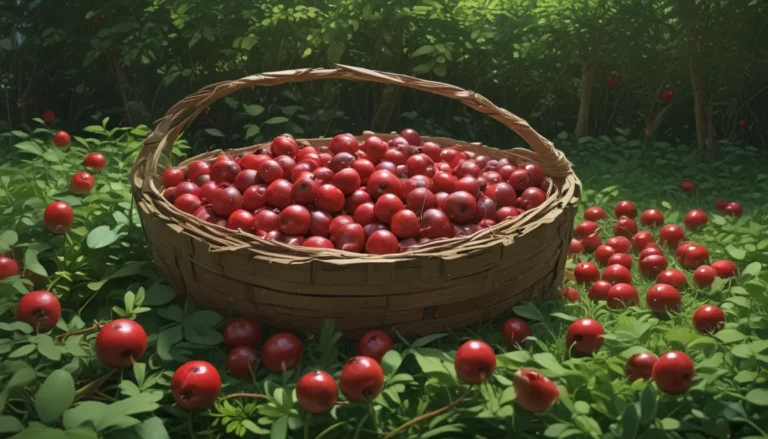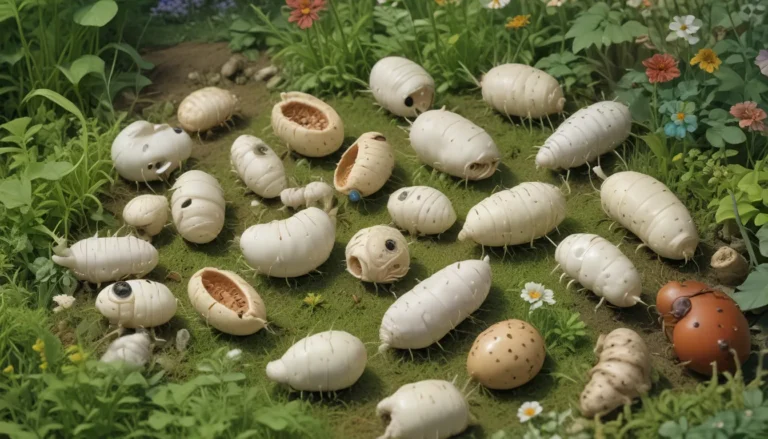Understanding and Managing Almond Hull Rot in Your Orchard

Almond hull rot is a common affliction that can wreak havoc on your trees, particularly those with heavy crops that have been well-tended and irrigated. In this informative article, we will delve into the causes, symptoms, and management strategies for this disease. Join us as we explore how to prevent and mitigate the impact of almond hull rot on your orchard.
Symptoms and Culprits of Hull Rot
The initial signs of almond hull rot often manifest as withering and death of shoots on your almond trees. This disease is primarily caused by fungi, with Rhizopus and Monilinia being the main culprits. These fungi thrive in the almond hulls, taking advantage of the nutrients and water present after hull split.
The Classic Duo
Monilinia, known for causing brown rot on fruit, and Rhizopus stolonifer, a common bread mold, are two traditional fungi responsible for hull rot. Monilinia tends to produce tan growth within the brown area of the hull, while Rhizopus displays black fungal growth on the inside of the hull. The toxins produced by these fungi can lead to the death of shoots and leaves, impacting the overall health of the tree.
Newly Identified Culprits
Recent research has linked additional fungi, such as Aspergillus and Phomopsis, to almond hull rot. Aspergillus, characterized by flat black spores, can stain the kernel and reduce nut quality. The symptoms of Phomopsis infection vary, contributing to the complexity of managing this disease.
The Most Susceptible Trees and Factors
Certain almond varieties, including Nonpareil, Sonora, and Kapareil, are more susceptible to hull rot. Interestingly, well-maintained trees, particularly those with heavy crops, are often more prone to infection. The level of nitrogen fertilization and irrigation practices also play a significant role in increasing susceptibility to this disease.
Cultural Controls: A Key to Management
Implementing cultural controls is essential in managing almond hull rot and reducing fungal colonization. Here are some effective strategies to consider:
1. Reduced Nitrogen
Avoid excessive nitrogen fertilization, as it can increase the incidence of hull rot. Conduct leaf analysis in the summer to determine the optimal nitrogen concentration for your trees. Timely applications of nitrogen are crucial, with a critical value of 2.2-2.5%. Avoid applying nitrogen after kernel development is complete, as this can render the fruit more susceptible to infection.
2. Reduced Irrigation
Reducing irrigation during the hull split period can significantly decrease the severity of hull rot. Carefully adjust your irrigation schedule, aiming for a reduction of 10-20% while ensuring that the trees receive adequate water. Monitoring tree water stress levels and employing appropriate irrigation practices are essential for managing this disease effectively.
3. Foliar Potassium Phosphate Fertilizer Treatments
Research suggests that foliar treatments with potassium phosphate can help reduce hull rot by neutralizing the toxic fumaric acid produced by fungi. Incorporating this treatment into your orchard management practices can be beneficial in controlling the spread of the disease.
Fungicide Treatments: A Last Resort
While cultural controls are the primary means of managing almond hull rot, fungicide treatments can be used as a last resort. It is essential to exercise caution when using fungicides, as some pathogens may develop resistance over time. The timing of fungicide applications is critical, with specific classes of fungicides proving effective against certain fungi responsible for hull rot.
A Note of Caution
Always follow safety instructions when using chemical products, and seek professional advice if needed. Safety should be a top priority when applying fungicides to your orchard.
Conclusion: Protecting Your Almond Trees
Almond hull rot can pose a significant threat to the health and productivity of your orchard. By understanding the causes, symptoms, and management strategies for this disease, you can take proactive steps to protect your trees. Implementing cultural controls, such as reducing nitrogen and irrigation, and considering fungicide treatments when necessary, can help mitigate the impact of hull rot on your almond trees.
Have you encountered almond hull rot in your orchard? Share your experiences and insights in the comments below. Your feedback can contribute valuable information to our community of growers.
For more resources on almond tree care and nut tree cultivation, explore our growing guides and related articles:
- How to Grow and Care for a Macadamia Nut Tree
- How to Grow and Care for Pecan Trees
Join us as we continue to explore the fascinating world of almond cultivation and orchard management. Together, we can safeguard the health and vitality of our almond trees for generations to come.





